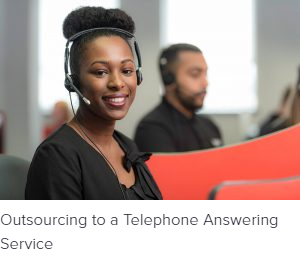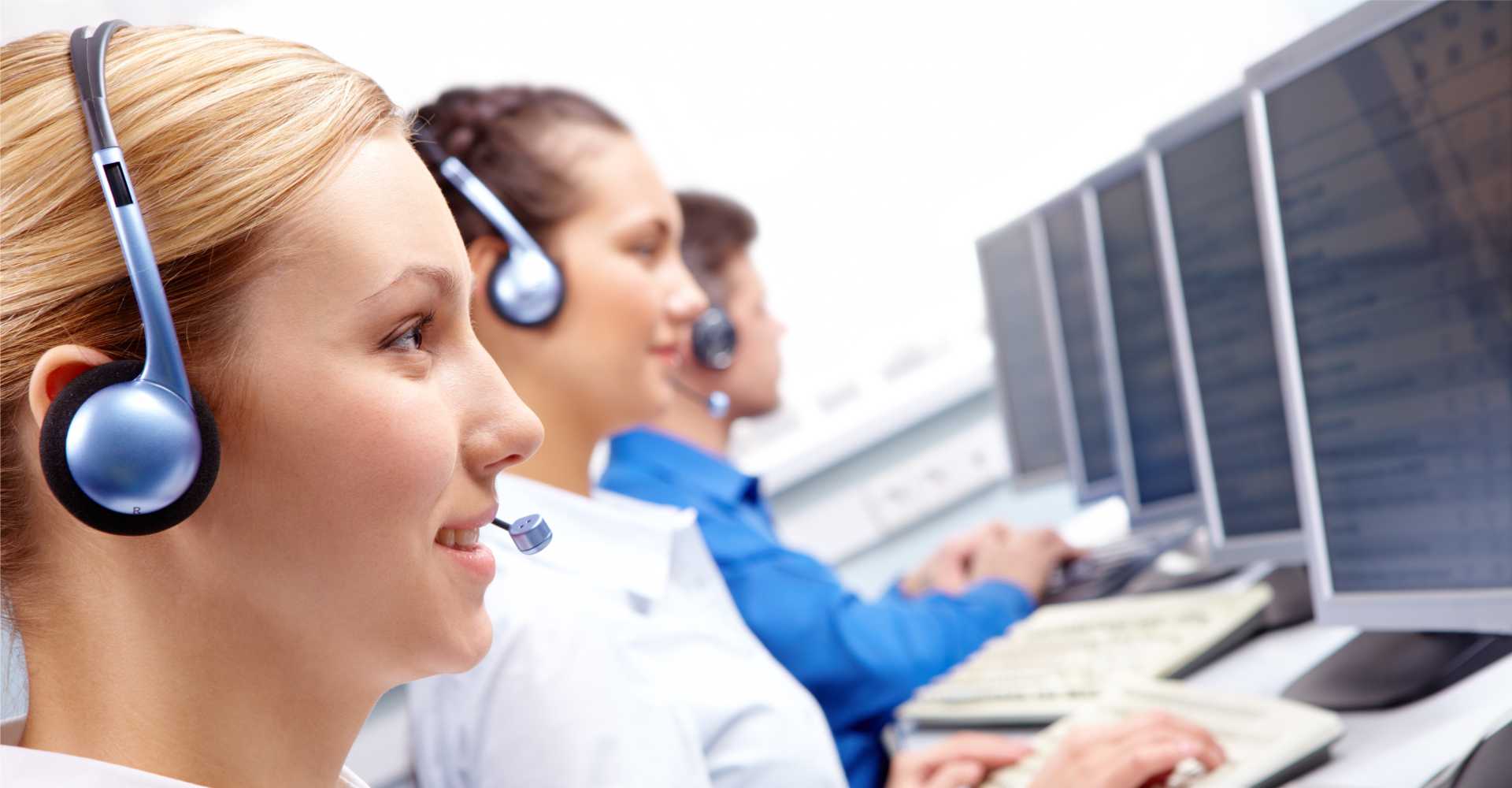All Categories
Featured
Table of Contents
What Was The Most Popular How Outsourced Phone Answering Service Can Help Your ...?
This device and its successors were designed by Sava Jacobson, an electrical engineer with a private consulting business. While early answering machines used magnetic tape technology, a lot of modern devices utilizes strong state memory storage; some devices utilize a mix of both, with a solid-state circuit for the outbound message and a cassette for the inbound messages.
"toll conserving" listed below) (virtual answering service). This works if the owner is screening calls and does not want to talk with all callers. In any case after going, the calling celebration ought to be informed about the call having actually been responded to (in many cases this begins the charging), either by some remark of the operator, or by some greeting message of the little bit, or resolved to non-human callers (e.
This holds specifically for the TADs with digitally kept welcoming messages or for earlier devices (prior to the increase of microcassettes) with an unique unlimited loop tape, separate from a 2nd cassette, dedicated to recording. There have actually been answer-only gadgets without any recording abilities, where the greeting message needed to notify callers of a state of current unattainability, or e (virtual answering service).
Best What Is An Answering Service

about schedule hours. In recording Littles the greeting typically contains an invitation to leave a message "after the beep". A voice mail that uses a microcassette to tape messages On a dual-cassette answerphone, there is an outgoing cassette, which after the specified number of rings plays a pre-recorded message to the caller.

Single-cassette voice mail include the outgoing message at the beginning of the tape and incoming messages on the remaining space. They first play the announcement, then fast-forward to the next readily available area for recording, then tape-record the caller's message. If there are many previous messages, fast-forwarding through them can cause a significant hold-up.
This beep is frequently referred to in the welcoming message, requesting that the caller leave a message "after the beep". Littles with digital storage for the recorded messages do disappoint this hold-up, obviously. A little may use a remote control facility, whereby the answerphone owner can sound the home number and, by entering a code on the remote telephone's keypad, can listen to recorded messages, or erase them, even when far from house.
What Is The Best Spring 24/7 Phone Answering - Au-based Operators - Alltel Australia

Thus the machine increases the variety of rings after which it addresses the call (typically by 2, resulting in 4 rings), if no unread messages are presently saved, however answers after the set number of rings (normally two) if there are unread messages. This enables the owner to learn whether there are messages waiting; if there are none, the owner can hang up the phone on the, e.
Some machines also allow themselves to be remotely triggered, if they have been changed off, by calling and letting the phone ring a particular big number of times (usually 10-15). Some provider desert calls already after a smaller sized variety of rings, making remote activation impossible. In the early days of TADs an unique transmitter for DTMF tones (dual-tone multi-frequency signalling) was regionally required for remote control, because the formerly employed pulse dialling is not apt to convey proper signalling along an active connection, and the dual-tone multi-frequency signalling was implemented step-by-step.
Any inbound call is not recognizable with regard to these homes in advance of going "off hook" by the terminal devices. So after going off hook the calls should be changed to appropriate gadgets and just the voice-type is right away accessible to a human, but perhaps, however ought to be routed to a LITTLE BIT (e.
Which Is The Best 17 Reasons Why You Need A Telephone Answering Service
What if I informed you that you do not need to actually choose up your device when addressing a client call? Somebody else will. So practical, right? Responding to phone calls doesn't require somebody to be on the other end of the line. Effective automated phone systems can do the trick simply as effectively as a live representative and in some cases even much better.
An automatic answering service or interactive voice action system is a phone system that communicates with callers without a live person on the line - business answering service. When companies utilize this technology, customers can get the answer to a concern about your organization simply by utilizing interactions set up on a pre-programmed call circulation.
Although live operators upgrade the customer service experience, many calls do not require human interaction. An easy recorded message or directions on how a client can retrieve a piece of details usually solves a caller's immediate need - answering service. Automated answering services are a simple and reliable way to direct incoming calls to the right individual.
How Do I Find A The Best Answering Service For Clinics Service?
Notice that when you call a company, either for support or item inquiry, the first thing you will hear is a pre-recorded voice welcoming and a series of choices like press 1 for client service, press 2 for queries, and so on. The pre-recorded choices branch out to other choices depending upon the client's selection.
The phone tree system helps direct callers to the best individual or department utilizing the keypad on a smart phone. In some circumstances, callers can use their voices. It's worth keeping in mind that auto-attendant choices aren't limited to the ten numbers on a phone's keypad. When the caller has actually selected their very first option, you can design a multi-level auto-attendant that uses sub-menus to direct the caller to the best kind of support.
The caller does not need to interact with an individual if the auto-attendant phone system can handle their concern. The automatic service can path callers to a worker if they reach a "dead end" and require help from a live representative. It is pricey to work with an operator or executive assistant.
Who Is The Best Telephone Answering Service: What It Is And Why It Isn't Enough
Automated answering services, on the other hand, are significantly less costly and offer substantial cost savings at an average of $200-$420/month. Even if you don't have dedicated staff to handle call routing and management, an automatic answering service improves productivity by allowing your group to concentrate on their strengths so they can more efficiently spend their time on the phone.
A sales lead routed to customer support is a lost shot. If a customer who has item concerns reaches the incorrect department or gets insufficient answers from well-meaning employees who are less trained to manage a specific type of concern, it can be a reason for aggravation and dissatisfaction. An automated answering system can lessen the number of misrouted calls, therefore assisting your employees make better use of their phone time while releasing up time in their calendar for other tasks.
With Automated Answering Systems, you can produce a personalized experience for both your personnel and your callers. Make a recording of your main welcoming, and merely update it frequently to reflect what is going on in your company. You can create as lots of departments or menu choices as you want.
Latest Posts
Effective Virtual Reception Solutions – Australia
Cutting-Edge Remote Reception Desk
Thorough Affordable Answering Service Near Me